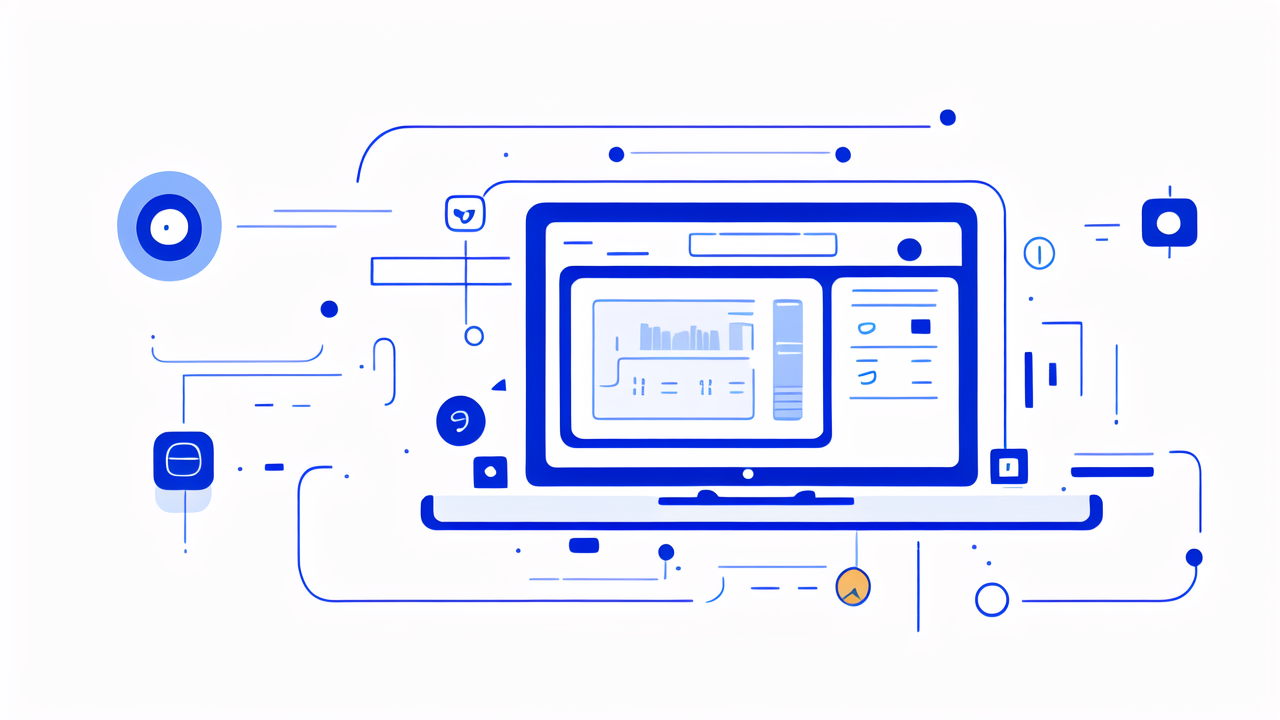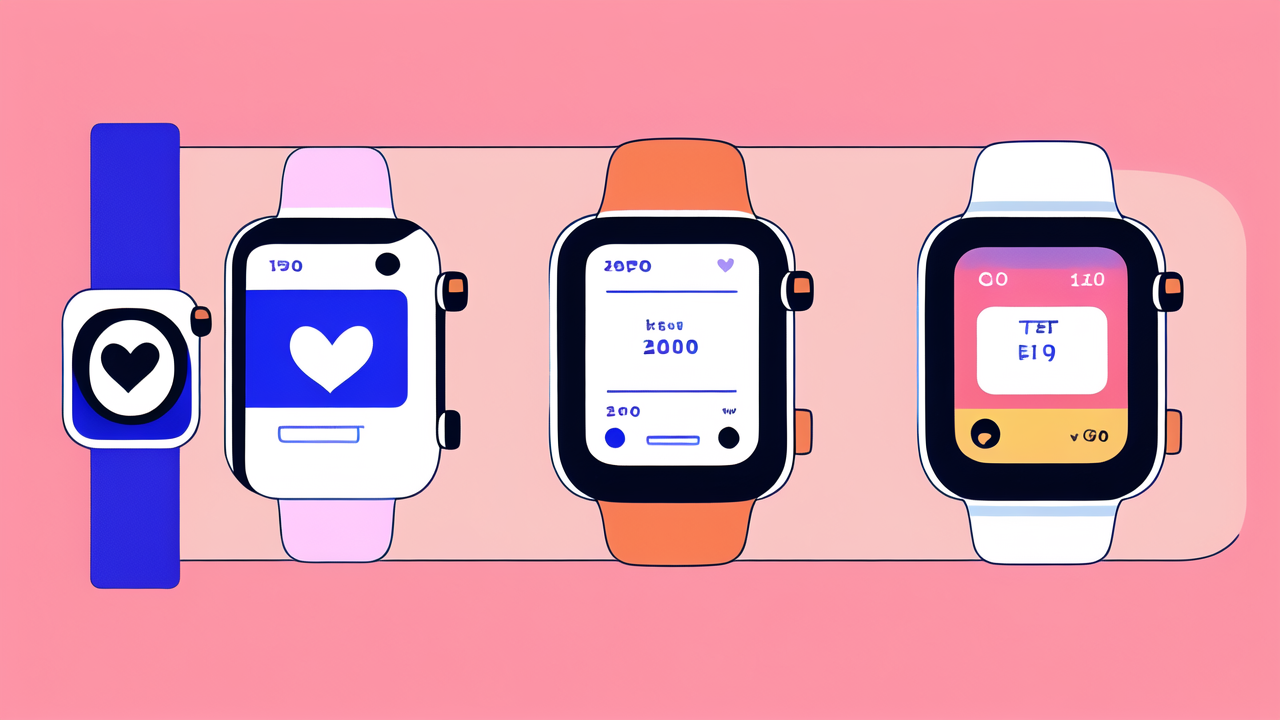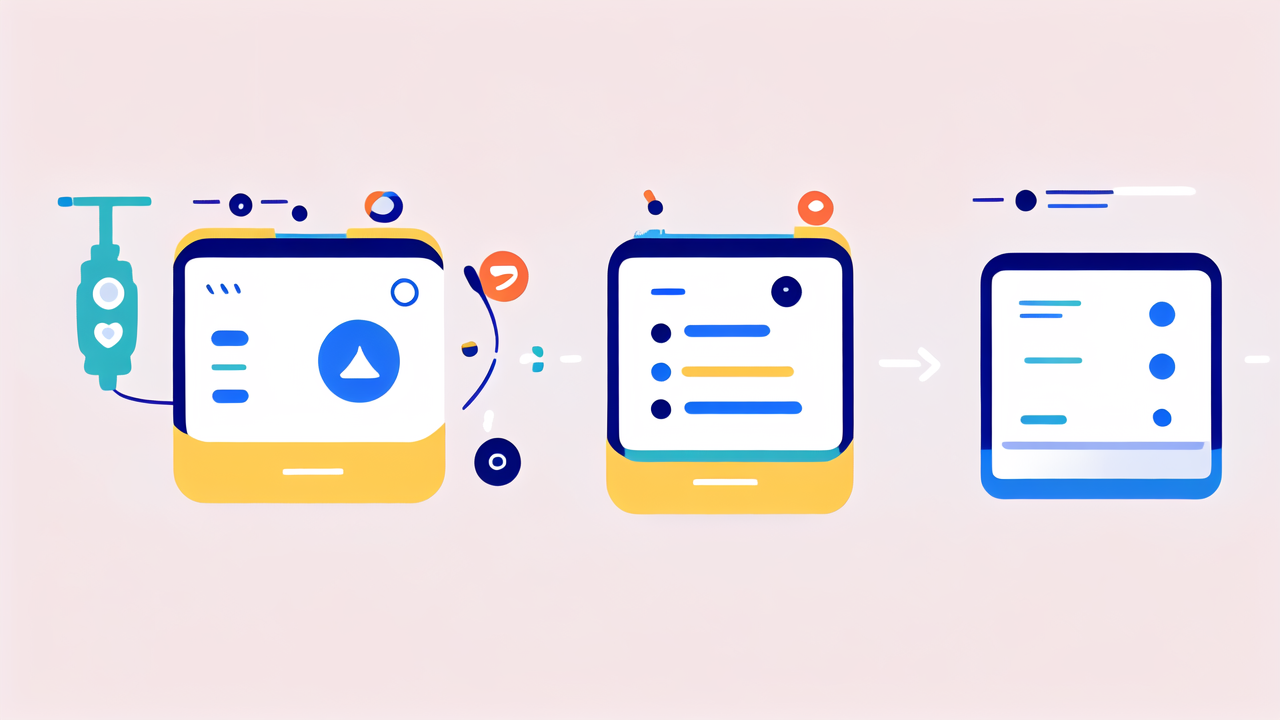The Rise of Smart Clothing: Understanding the Market Dynamics
Market Evolution and Consumer Demand for Wearable Technology
The smart clothing market has grown rapidly in recent years. Consumers now seek more from their clothes. They want garments that do more than just cover and protect. Smart clothing offers features like health tracking and temperature control. This shift is driven by tech-savvy buyers who value convenience and data.

Wearable tech has evolved from bulky devices to sleek, integrated designs. Smart watches paved the way for this trend. Now, we see shirts that monitor heart rate and socks that track running form. The demand for these products is rising as people become more health-conscious.
Companies are responding to this trend with innovative products. They're creating clothes that adapt to weather and monitor vital signs. As the technology improves, we can expect even more advanced features in the future.
Key Players and Innovators in the Smart Clothing Industry
Several companies are leading the way in smart clothing. Tech giants like Google and Apple are investing heavily in this field. They're partnering with fashion brands to create stylish, functional wearables.
Startups are also making waves in the industry. Athos produces workout gear with built-in sensors. Hexoskin offers shirts that track various health metrics. These companies are pushing the boundaries of what clothing can do.
Traditional clothing brands are joining the trend too. Levi's has partnered with Google to create a smart jacket. Under Armour offers shoes that connect to fitness apps. These collaborations bring together fashion expertise and cutting-edge tech.
The Role of Consumer Data in Driving Smart Clothing Growth
Data is at the heart of smart clothing's appeal. These garments collect valuable information about the wearer. This data can include heart rate, sleep patterns, and activity levels. Companies use this data to improve their products and services.
For consumers, this data provides insights into their health and habits. It can help them make better lifestyle choices. Many find this information motivating and empowering. This creates a positive feedback loop, driving further adoption of smart clothing.
However, data collection raises privacy concerns. Companies must be transparent about how they use this information. They need to ensure that consumer data is protected and used responsibly. This will be crucial for maintaining trust and continued growth in the industry.
Smart Clothing Technologies: Beyond Fashion
Advanced Materials and Integration with IoT
Smart clothing relies on advanced materials to function. Conductive fabrics allow for seamless integration of electronics. These materials can withstand washing and wear while maintaining their smart features.

Flexible sensors are another key component. They can be woven into fabrics to detect movement and vital signs. These sensors are becoming smaller and more accurate. This allows for more comfortable and functional smart clothing.
Integration with the Internet of Things (IoT) is expanding the possibilities. Smart clothes can now connect to other devices and systems. This creates a network of wearable tech that shares data and works together. For example, a smart shirt could adjust your home's thermostat based on your body temperature.
AI and Machine Learning: Personalization and Efficiency
Artificial Intelligence (AI) and Machine Learning (ML) are revolutionizing smart clothing. These technologies allow for personalized experiences and improved efficiency. AI can analyze data from smart clothes to provide tailored health advice.
ML algorithms can learn from a user's habits and preferences. This enables smart clothing to adapt and improve over time. For instance, a smart jacket could learn when you're likely to feel cold and adjust its temperature automatically.
These technologies also help in predicting maintenance needs. They can alert users when a garment needs washing or repair. This extends the life of smart clothing and ensures it functions optimally.
The Impact of 5G and Connectivity on Wearable Fashion
The rollout of 5G networks is set to transform smart clothing. Faster, more reliable connectivity will enable real-time data transmission. This means smart clothes can provide instant feedback and alerts.
5G will also allow for more complex features in smart clothing. Virtual and augmented reality could be integrated into wearables. Imagine a shirt that can project directions onto your arm as you navigate a new city.
Better connectivity will also improve the interaction between different smart devices. Your clothes could communicate seamlessly with your phone, car, and home. This creates a more integrated and efficient ecosystem of wearable tech.
Strategies for Success in the Smart Clothing Sector
Product Development: Merging Fashion with Technology
Successful smart clothing blends style with function. Developers must create products that people want to wear. This means focusing on design as much as technology. The goal is to make smart features invisible or aesthetically pleasing.

Collaborations between tech companies and fashion designers are crucial. These partnerships bring together different expertise. They result in products that are both technologically advanced and fashionable.
Durability is another key factor. Smart clothing must withstand regular use and washing. Companies need to invest in robust materials and construction techniques. This ensures that the smart features continue to work over time.
Marketing Strategies for Smart Clothing Brands
Marketing smart clothing requires educating consumers about its benefits. Brands need to clearly communicate how their products improve daily life. This often involves showcasing real-world applications and user testimonials.
Influencer partnerships can be effective in this space. Tech-savvy influencers can demonstrate the features of smart clothing to their followers. This helps to build trust and interest in these new products.
Brands should also focus on the lifestyle aspects of smart clothing. They need to show how these garments fit into modern, active lifestyles. This approach can appeal to a wider audience beyond tech enthusiasts.
Navigating the Regulatory Landscape in the United States
The regulatory environment for smart clothing is complex. In the US, several agencies oversee different aspects of these products. The FDA may be involved if the clothing makes health claims. The FCC regulates wireless communication features.
Companies must ensure their products comply with all relevant regulations. This includes data privacy laws, which are becoming stricter. Brands need to be transparent about data collection and usage.
Safety standards are also crucial. Smart clothing must meet the same safety requirements as regular clothing. Additionally, any electronic components must be safe for prolonged skin contact. Navigating these regulations is key to success in the US market.




Leave a comment
This site is protected by hCaptcha and the hCaptcha Privacy Policy and Terms of Service apply.